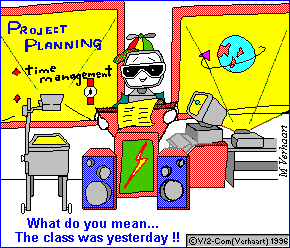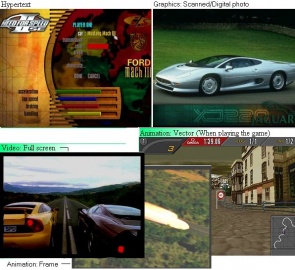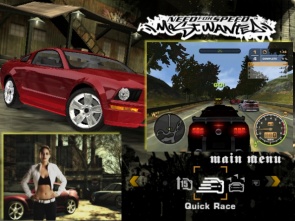VirtualMV/Multimedia/Theory/Content
From WikiEducator
< VirtualMV | Multimedia | Theory
Overview
Multimedia presents information by stimulating multiple senses.
Studies have shown that interactive multimedia improves information retention; people retain 10 percent of what they see, 20 percent of what they hear, 50 percent of what they see and hear, and 80 percent of what they see, hear, and do (Fletcher, 1990).[1]
For more about multimedia see Wikipedia:Multimedia(2009)[2]
Multimedia definitionsBy the end of this page you will be able to:
|
Growth
- Multimedia enabled PCs really came into existence in the early 1990s, and availability increased as the computers graphical capabilities improved. CD-ROMs and increased internal memory and Hard Disk storage allowed PCs to shift from text based to graphically based.
- In the mid 1990’s the number of multimedia PC’s grew as follows
- 1993: 4.5 million
- 1995 10.6 million (introduction of Windows 95)
- With the adoption of the internet multimedia enabled PC’s has become standard.
- Around 2010 saw a surge of portable multimedia devices, fueled particularly by the iPhone and now spread to tablets, smart phones, smart TVs.
- Multimedia has become integrated into our devices and our lives
Distribution
Multimedia can be distributed in a variety of ways:
- Magnetic (Hard, Floppy disk & Memory Stick)
- Digital media (CD-ROM, DVD, Blu-ray)
- Electronic (Internet)
CD/DVD Examples
- 1997. Need 4 Speed II (Wikipedia:Need_for_Speed_II, 2007)[3]
- 2005: Need for Speed Most Wanted. http://www.eaplay.com/australia/games/pc/nfs/mostwanted/
Cite error: <ref> tags exist, but no <references/> tag was found


